
Do you have a question about the Beckman Coulter COULTER HmX and is the answer not in the manual?
| Brand | Beckman Coulter |
|---|---|
| Model | COULTER HmX |
| Category | Laboratory Equipment |
| Language | English |
Explains the purpose, scope, and organization of the training guide.
Details the typographic and symbolic conventions used throughout the guide.
Describes the functions, components, and screen conventions of the DMS.
Identifies and explains the functions of the main unit's hardware components and modules.
Explains the Primary, Secondary, Predilute, and Retic modes of instrument operation.
Lists reagents, their recommended use, function, and open container stability.
Provides step-by-step instructions for replacing reagent containers and priming lines.
Details the process for initiating and reviewing instrument startup and system checks.
Explains the steps for performing a clean cycle and shutting down the instrument.
Guides on setting up control files, including LATRON, 5C, and RETIC controls.
Covers setting action limits, flags, normal ranges, and print options for sample analysis.
Details system configurations like shift, institution, communication, date/time, and password.
Explains the procedure for running LATRON primer and control for daily QC.
Details the preparation, handling, and running of 5C Cell Control for QC.
Covers the procedure for running Retic-C Cell Control for reticulocyte analysis QC.
Explains the XB analysis as a quality control tool using patient samples.
Outlines the purpose, when to calibrate, and preliminary procedures for calibration.
Details the steps for performing CBC calibration using S-CAL Calibrator.
Covers specimen collection, storage, and bar-code labeling requirements.
Explains procedures for running samples in Primary and Secondary modes.
Details sample preparation and analysis for reticulocyte counts.
Explains the use of the worklist for managing samples and handling errors.
Describes how to sort, retrieve, review, print, and archive sample data.
Explains the Coulter Principle, dilutions, and how parameters are derived.
Details RBC count, histogram, MCV, and RDW parameters and flagging.
Explains WBC count, differential, and parameter calculations.
Covers VCS applications, measurements, and scatterplot analysis.
Explains different types of flags and condition messages generated by the system.
Identifies and describes the main modules and their components.
Traces the sample path through the instrument for aspiration and analysis.
Outlines methods for recognizing and resolving instrument problems.
Explains the purpose, design, and presentation of summary pages.

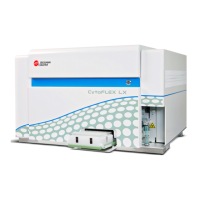
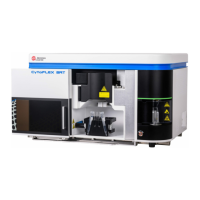

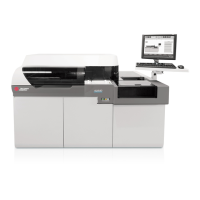
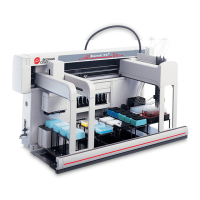
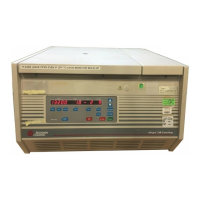
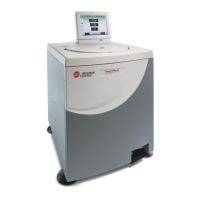

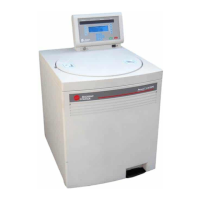
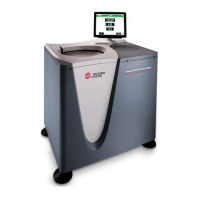
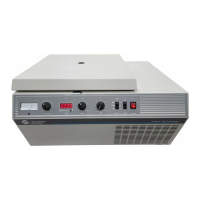
